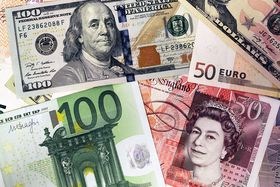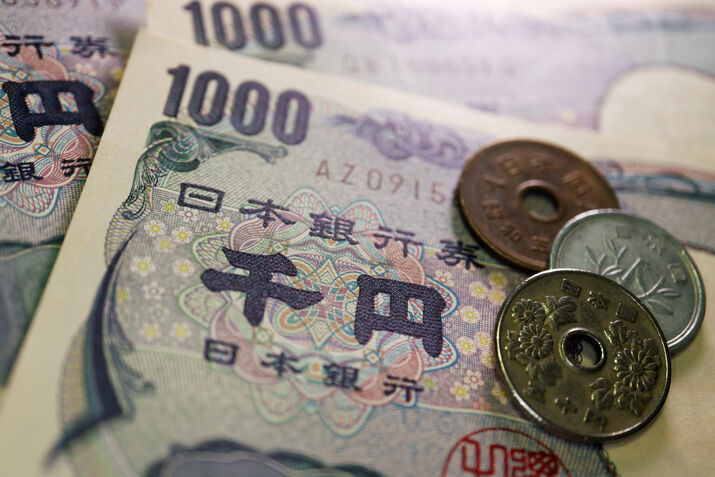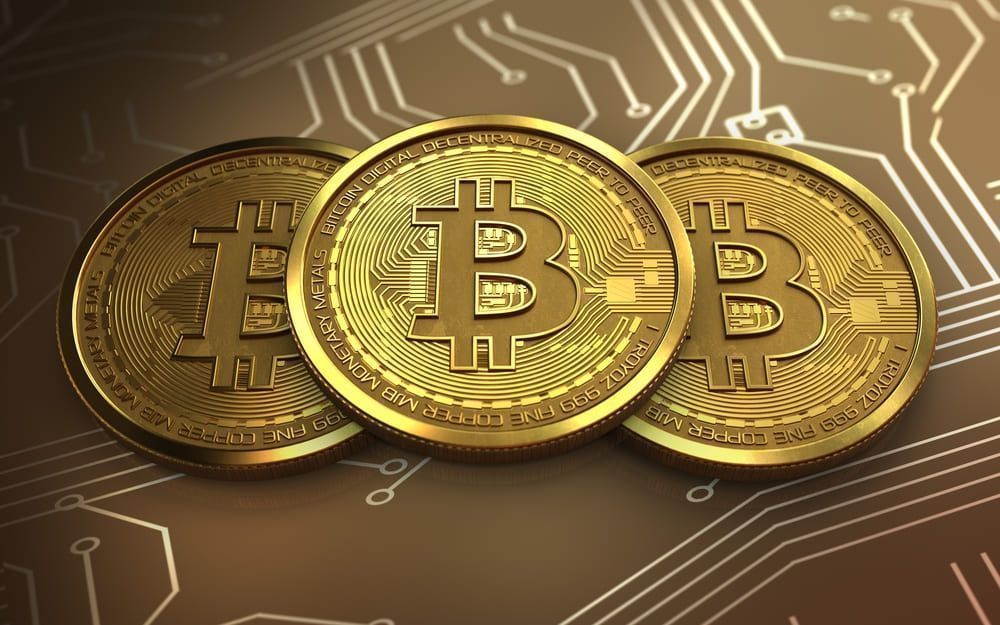USD/INR steadies as soft US Dollar offsets US tariffs’ impact on Indian Rupee

- The Indian Rupee flattens around 87.80 as marginally lower US Dollar offsets impact of US tariffs on India.
- FIIs have sold Indian equities worth Rs. 34,733.75 crores so far in August.
- Fed’s Williams opens the door for interest rate cuts.
The Indian Rupee (INR) trades almost flat at around 87.80 against the US Dollar (USD) in opening trading hours on Thursday after a holiday on Wednesday on account of Ganesh Chaturthi. The USD/INR pair is supported by a sluggish performance from the US Dollar.
However, the outlook of the Indian Rupee is under stress as Russia-linked tariffs announced by United States (US) President Donald Trump on imports from India earlier this month have become effective from Wednesday.
From now onwards, goods entering the US for consumption or withdrawn from warehouses for consumption from India will be charged 50% additional duty, a move that will diminish the competitiveness of Indian products in the global market and force exporters to offer their goods at lower prices.
Additionally, foreign investors have been consistently paring stakes from Indian stock markets amid trade tensions. On Tuesday, Foreign Institutional Investors (FIIs) sold equity shares worth Rs. 6,516.49 crores in equity markets. So far in August, FIIs have sold equity worth Rs. 34,733.75 crores. Consistent outflow of overseas funds from Indian markets has weighed heavily on benchmark indices. Nifty50 is down over 4% from its recent highs of 25,670 posted on June 30.
Meanwhile, investors await the factory data for June, which will be published at 10:30 GMT. The Industrial Output is expected to come in at 2.1%, higher than the prior reading of 1.5%.
Daily digest market movers: US Dollar faces selling pressure after Fed Williams’s dovish remarks
- The US Dollar faces a slight selling pressure on Thursday, following dovish remarks on interest rates from New York Federal Reserve (Fed) Bank President John Williams in an interview with CNBC on Wednesday.
- At the time of writing, the US Dollar Index (DXY), which tracks the Greenback’s value against six major currencies, ticks down to near 98.10.
- On Wednesday, Fed’s Williams stated the need to push interest rates close to “neutral” at some time as the "economy is going through an adjustment process." However, he didn’t endorse an interest rate cut in the September policy meeting, but kept the door open, stating that officials want to see the upcoming data before reaching a conclusion. "Risks are more in balance. We are going to just have to see how the data plays out," Williams said.
- Meanwhile, traders see an 87% chance that the Fed will cut interest rates in September, according to the CME FedWatch tool.
- For fresh cues on the interest rate outlook, investors await the US Personal Consumption Expenditure Price Index (PCE) data for July, which is scheduled for Friday. Economists expect the US core PCE inflation, which is the Fed’s preferred inflation gauge, to have risen at a faster pace of 2.9% on year against 2.8% in June, with monthly figures rising steadily by 0.3%.
- On the broader front, the outlook for the US Dollar is uncertain amid the ongoing tussle between US President Trump’s economic agenda and the Fed’s independence. Earlier this week, Trump released a letter stating Fed Governor Lisa Cook’s termination over mortgage allegations. In response, Fed’s Cook has announced that she will file a lawsuit to keep her job.
- Market experts have seen the event as an attack on the Fed’s independence, which would raise doubts over the safe-haven appeal of the US Dollar. Investors will naturally start to increasingly question the independence of the Fed, which would result in a steeper yield curve and a weaker dollar,” analysts at ING said, Reuters reported.
Technical Analysis: USD/INR stays above 20-day EMA
The USD/INR pair flattens around 87.80 on Thursday. The near-term trend of the pair remains bullish as it holds above the 20-day Exponential Moving Average (EMA), which trades near 87.44.
The 14-day Relative Strength Index (RSI) rises above 60.00. A fresh bullish momentum would emerge if the RSI holds above that level.
Looking down, the July 28 low around 86.55 will act as key support for the major. On the upside, the August 5 high around 88.25 will be a critical hurdle for the pair.
Indian Rupee FAQs
The Indian Rupee (INR) is one of the most sensitive currencies to external factors. The price of Crude Oil (the country is highly dependent on imported Oil), the value of the US Dollar – most trade is conducted in USD – and the level of foreign investment, are all influential. Direct intervention by the Reserve Bank of India (RBI) in FX markets to keep the exchange rate stable, as well as the level of interest rates set by the RBI, are further major influencing factors on the Rupee.
The Reserve Bank of India (RBI) actively intervenes in forex markets to maintain a stable exchange rate, to help facilitate trade. In addition, the RBI tries to maintain the inflation rate at its 4% target by adjusting interest rates. Higher interest rates usually strengthen the Rupee. This is due to the role of the ‘carry trade’ in which investors borrow in countries with lower interest rates so as to place their money in countries’ offering relatively higher interest rates and profit from the difference.
Macroeconomic factors that influence the value of the Rupee include inflation, interest rates, the economic growth rate (GDP), the balance of trade, and inflows from foreign investment. A higher growth rate can lead to more overseas investment, pushing up demand for the Rupee. A less negative balance of trade will eventually lead to a stronger Rupee. Higher interest rates, especially real rates (interest rates less inflation) are also positive for the Rupee. A risk-on environment can lead to greater inflows of Foreign Direct and Indirect Investment (FDI and FII), which also benefit the Rupee.
Higher inflation, particularly, if it is comparatively higher than India’s peers, is generally negative for the currency as it reflects devaluation through oversupply. Inflation also increases the cost of exports, leading to more Rupees being sold to purchase foreign imports, which is Rupee-negative. At the same time, higher inflation usually leads to the Reserve Bank of India (RBI) raising interest rates and this can be positive for the Rupee, due to increased demand from international investors. The opposite effect is true of lower inflation.







